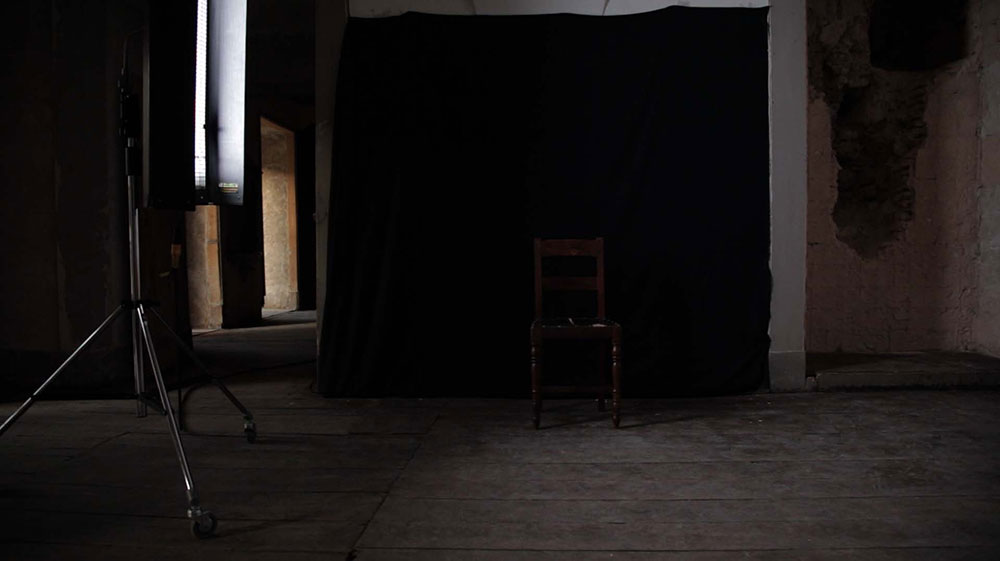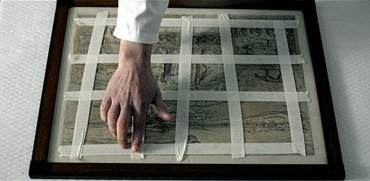Jean-Pierre Rehm
Selection of films by Jean-Pierre Rehm, director of FID - Festival International du Cinema de Marseille. He will introduce each film and after all screenings there will be a talk. The evening takes place in the context of ERG seminar.
“Moi je pense que l’humain a besoin pour naître de faire naître cette chose incompréhensible qu’est l’art, parce que c’est incompréhensible. L’art est la preuve même de l’inhumanité de l’homme, dans un double sens : d’abord, que l’être humain ne s’appartient pas, et aussi la preuve de son côté horrible, terrible. Dans les films qui m’intéressent, je fuis le militantisme hérité des années soixante-dix où on assène des soit disant vérités sans contrepoint. Les films, ce sont des aventures artistiques, l’art n’y est pas une plus value.”
Cinema as adventure of time and movement? Cinema as potential encounter with the inhuman within the human, as an experience of the intolerable that can release us from ourselves, allowing us to imagine our world differently? These ideas seem to have some kind of hold on our thinking about the emancipatory potential of cinema, ever since a brilliant thinker proposed to think of art as an exceptional sensorium that allows us to pass over to the other side, there where the truth of being resides, from which one returns with “bloodshot eyes”. But if political emancipation is indeed about exceeding the limits of our vital and social determinations, isn’t there a way of thinking about the potential of cinema without collapsing into metaphysics, without drowning politics and art into one grand ethology in common? If cinema is indeed an art deprived of linguistic palpability or certainty of expression, how can we find words to talk about the operations, figures, resonances, metaphors, attractions and inversions that constitute a cinematic world? And yes, since we seem to have no more patience for the “isms” that prospered so well in the past “short century”, how can we grasp and further the adventures that are happening in front of our eyes? Perhaps these are some of the issues that we can touch upon with Jean-Pierre Rehm, the spirited film enthusiast and, well, enthusiast tout court who has been running, since 2002, one of the most exciting film festivals in Europe, FIDMarseille. For the occasion of this Dissent ! session he has chosen five films, which are on the surface as disparate as the background of its makers. But isn’t the blurring of borders between what is traditionally called “documentary” and “fiction” or what is neurotically categorized as either “art”, “film” or “artists’-film” (sign of the times: the coupling or hyphen) precisely what makes it possible to rekindle cinema’s sensible force of heterogeneity, counter to the consensual tendencies that try to pin everything and everyone down to specific plots and places? As long as we keep up the struggle with easy determinations, then, perhaps we can allow our eyes and ears to drift in unforeseen directions. Who knows, in a time when the real is claimed to be completely disbarred from any form of illusion or utopia, when every divergent standpoint is easily dismissed as “unrealistic”, perhaps cinema, this art of appearance, still might have something to say.
DISSENT! is an initiative of Argos, Auguste Orts and Courtisane, in the framework of the research project “Figures of Dissent” (KASK/Hogent), with support of VG.
In collaboration with FID Marseille and ERG.




